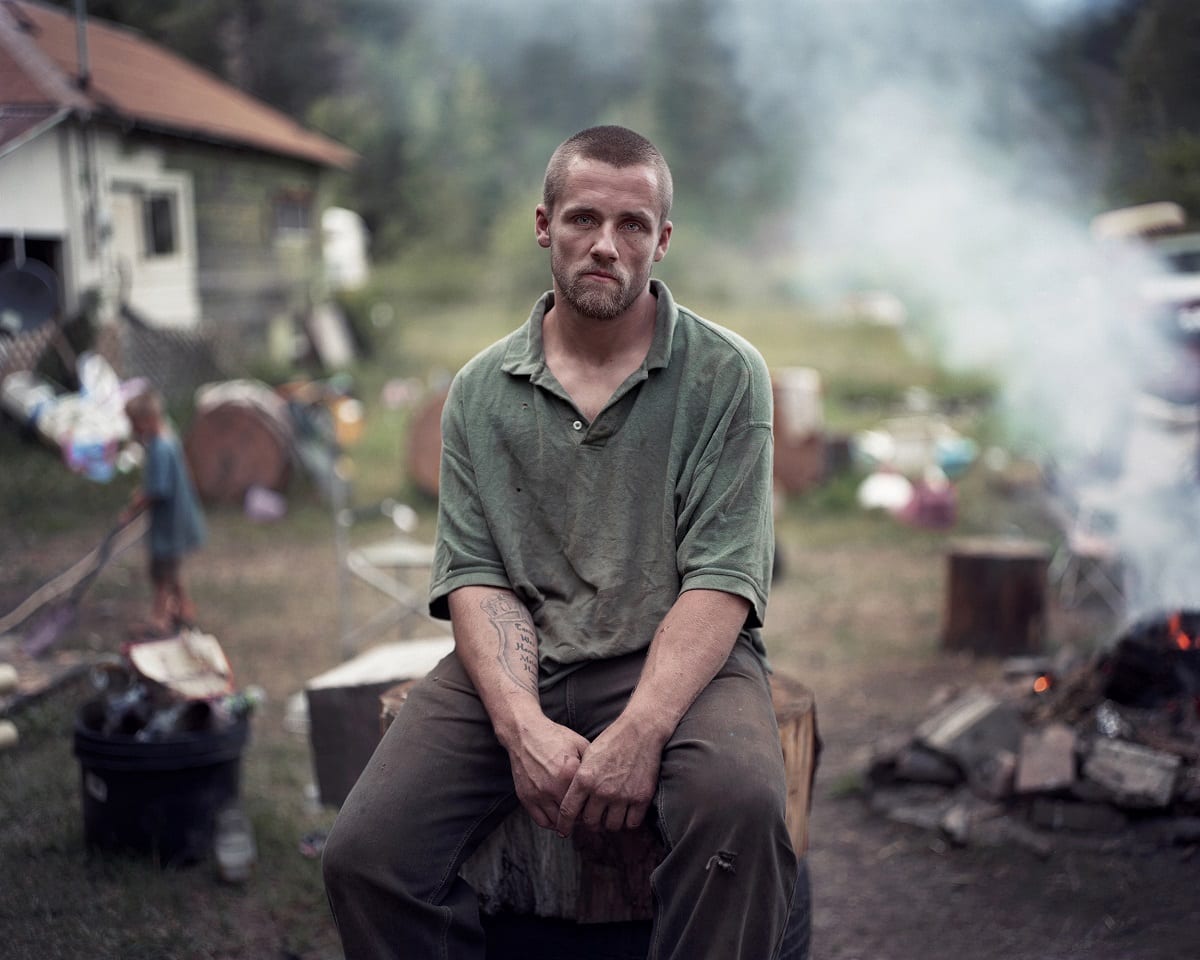“The American West is so vast – it feels to me like an infinite place from which to constantly draw subject matter and inspiration,” says Bryan Schutmaat. He’s the latest in a long line of photographers to have found a rich source of imagery in that rugged, majestic, myth-steeped region – a line which includes Ansel Adams and his sweeping landscapes, to Dorothea Lange and her urgent social documentary.
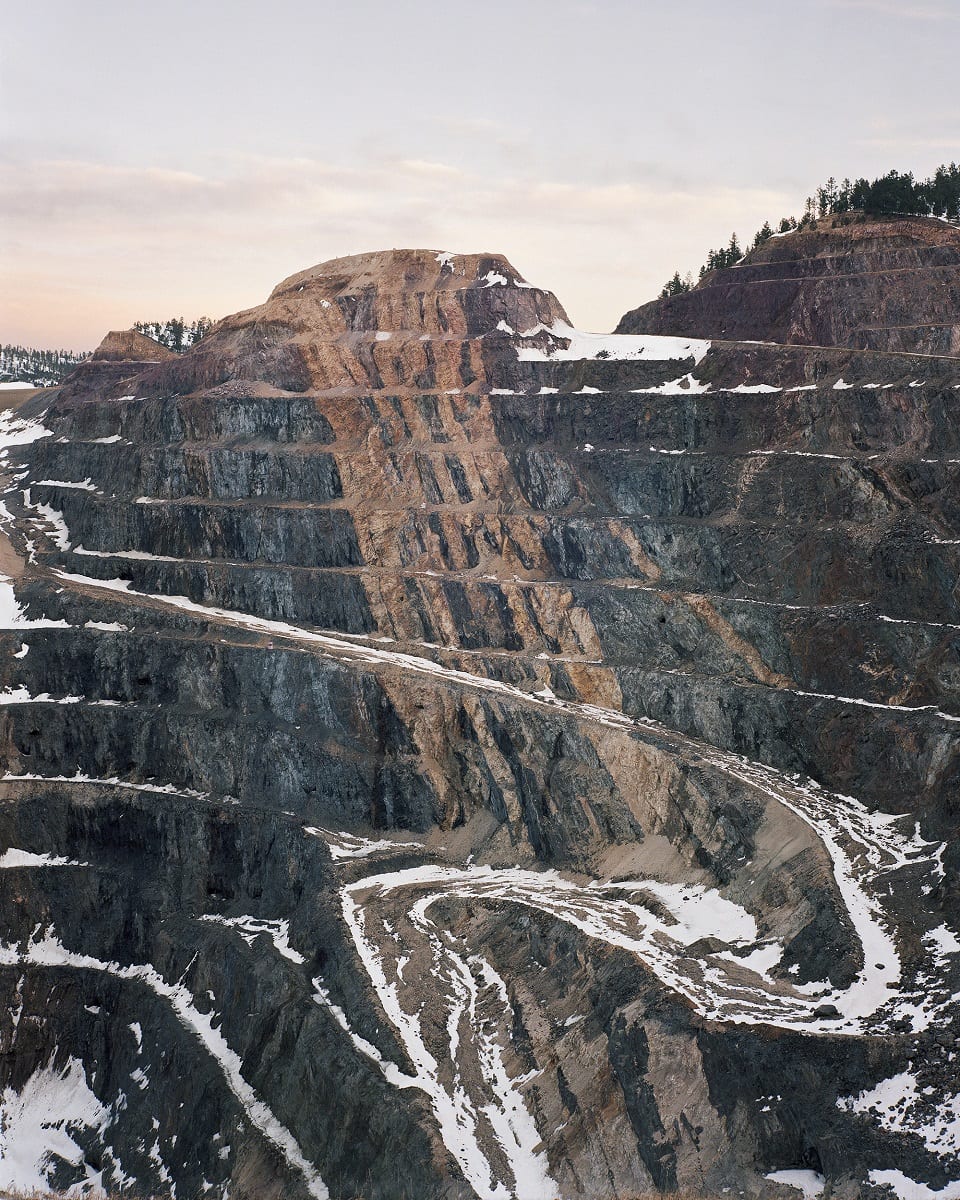
Another book followed, Island of the Blest, co-edited with Ashlyn Davis, this time with pictures still of the West taken not by Schutmaat himself but by other photographers between the 1870s and 1970s, and drawn from public archives.
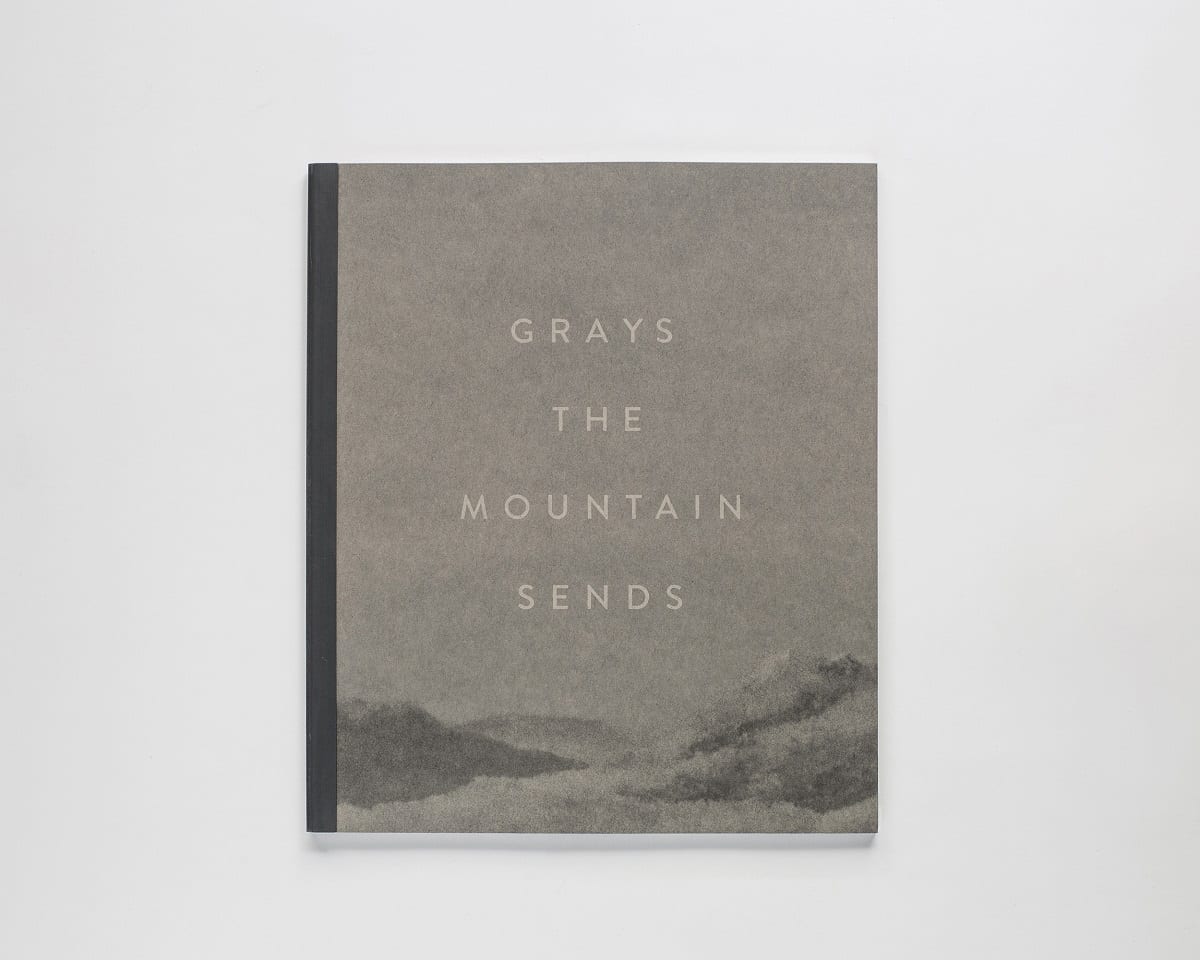
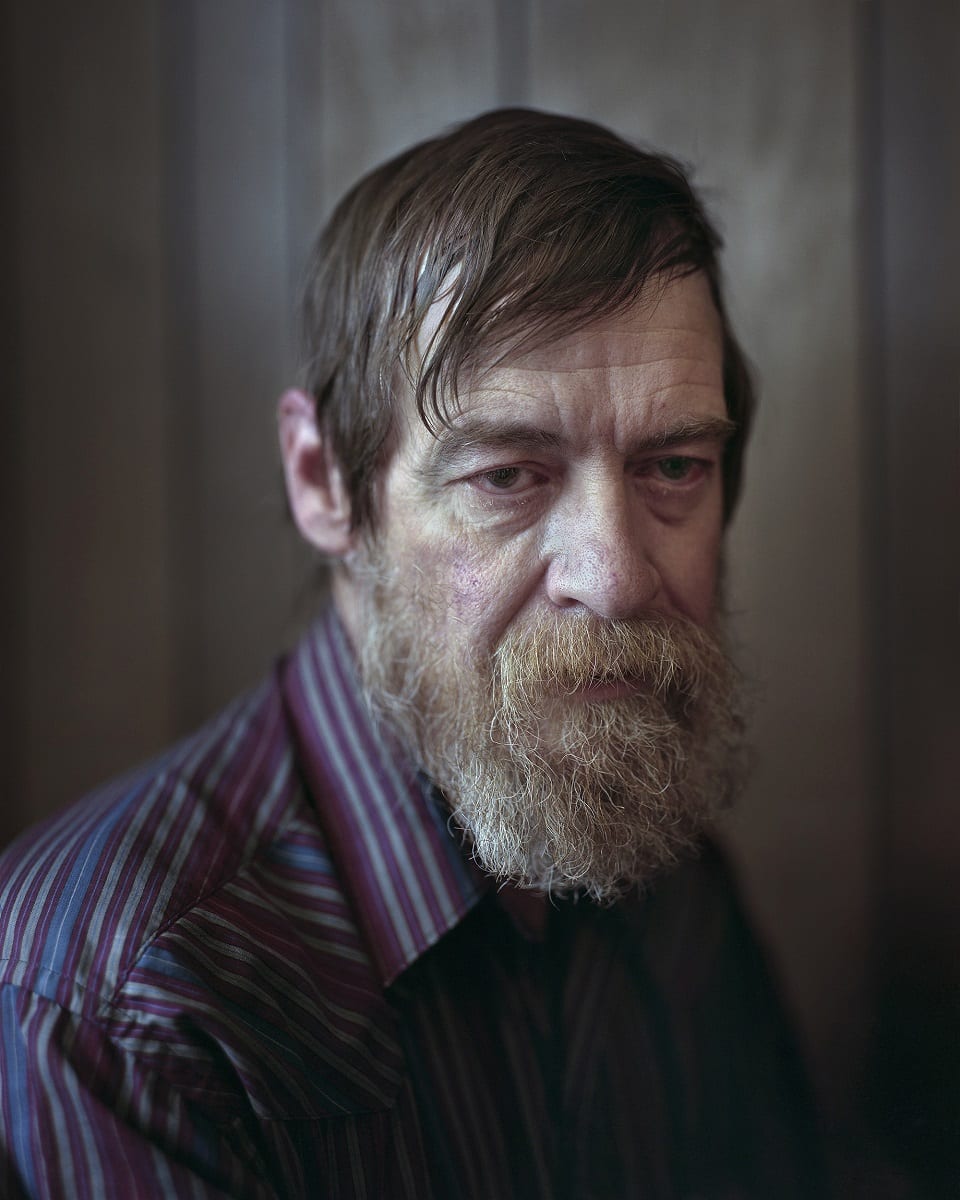
“In the past in the States it was a thing where, if you were in your early 20s and you wanted an adventure, you’d pack your bag and go on the road – but now it’s not done so often,” he says.
“If you see someone by the road there’s a story there. These people come from all over the place and they’re attracted to the road, or thrust onto the road, for a variety of reasons. I like to hear about where they’re coming from, where they’re going to, what circumstances in life have led them to the road.”
Although his work reveals a fascination with rural life, Schutmaat wasn’t particularly outdoorsy himself, growing up in suburban Houston. His thing was skateboarding in the city and performing in punk bands, but in his 20s his interests broadened to include travel and taking pictures with a 35mm analogue camera. After a degree in History, he was set for a career as a high school History teacher, before a change of heart led him to a Masters in photography.
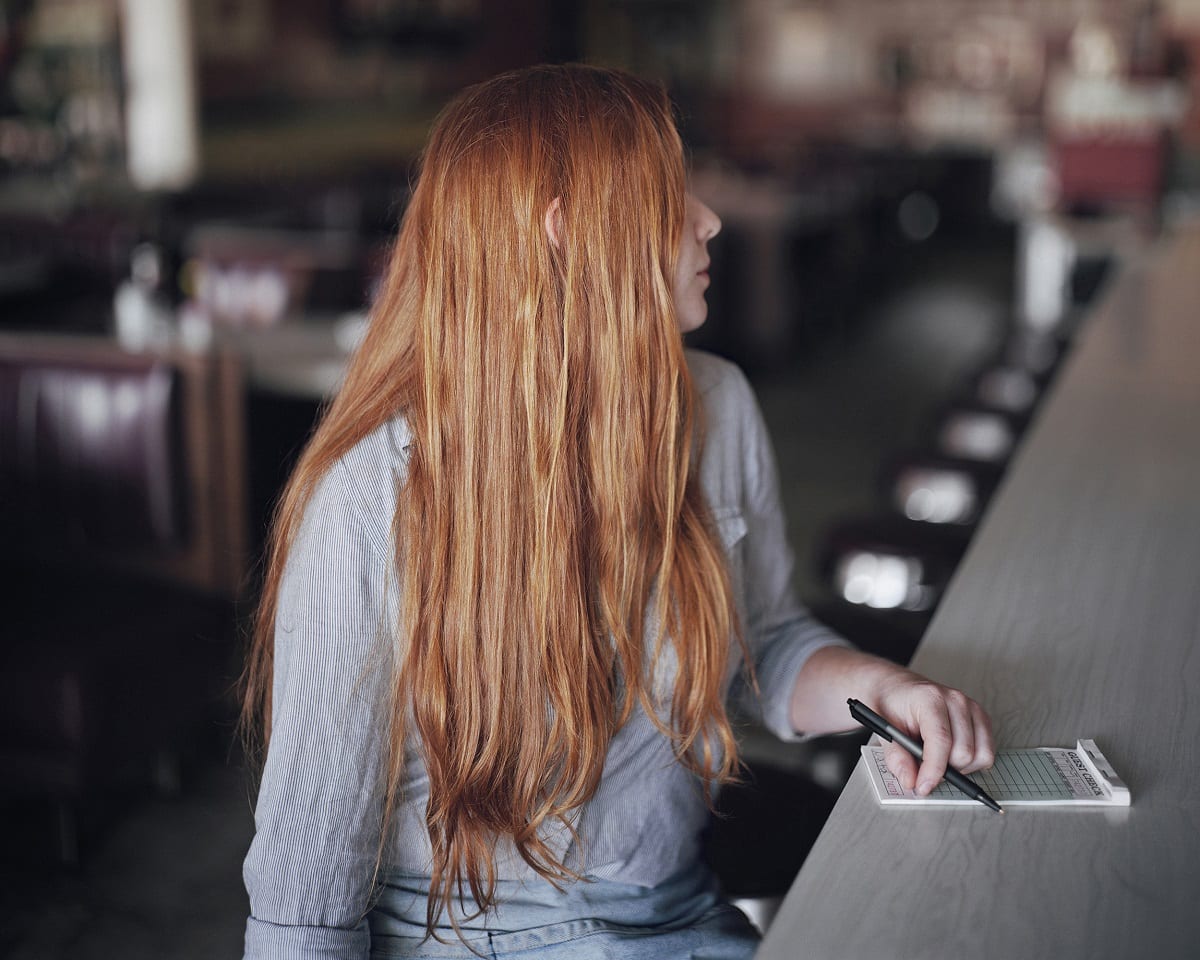
Unlike some large-format devotees, for whom the painstaking process is part of the pleasure, Schutmaat has a different, perhaps more pragmatic, angle. “The cliché with large-format is that, because it’s so labour-intensive and so costly, there’s a certainty you bring to every frame. You don’t want to take a picture that you don’t think is going to work so you’re careful, there’s this meticulous quality that lots of large-format photographers have,” he says.
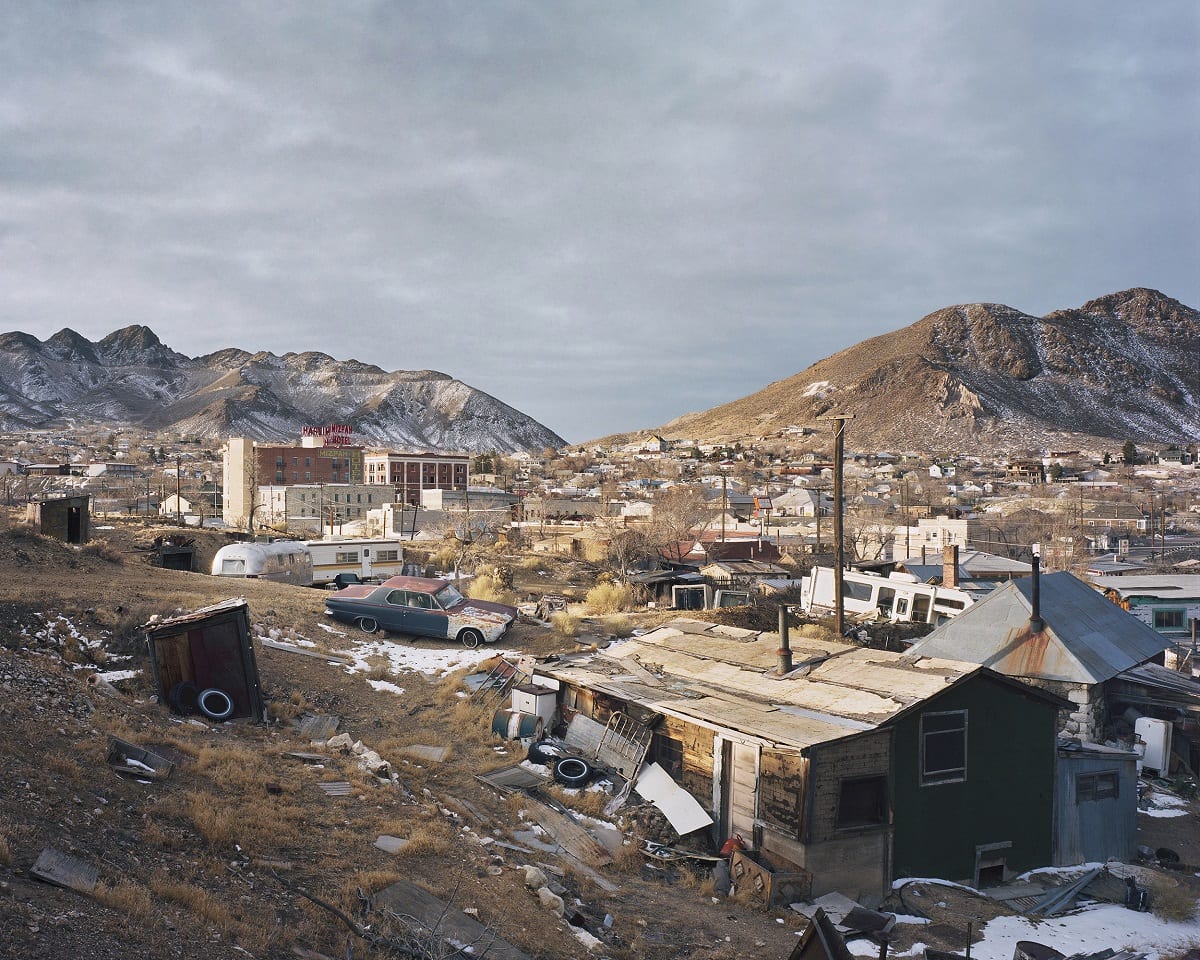
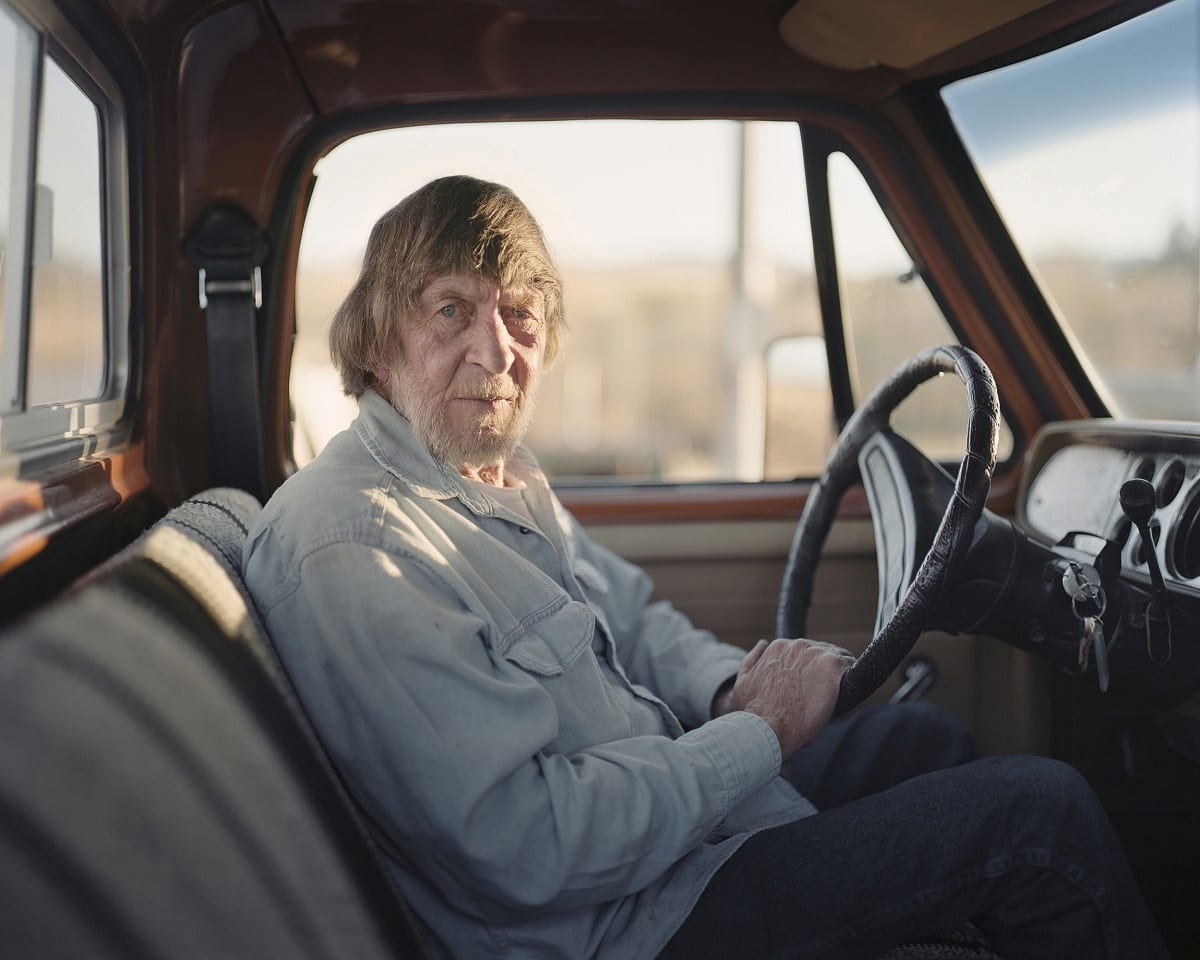
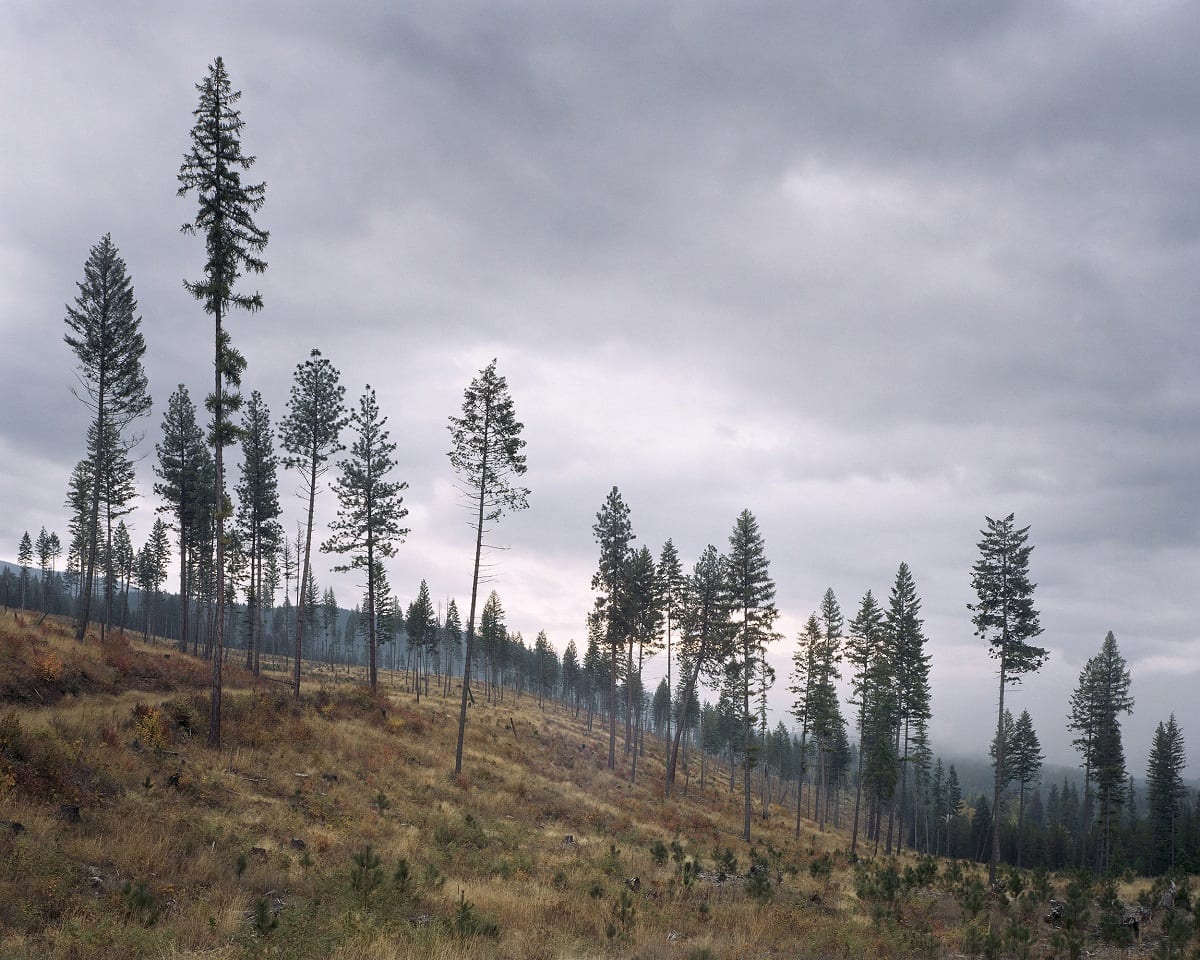
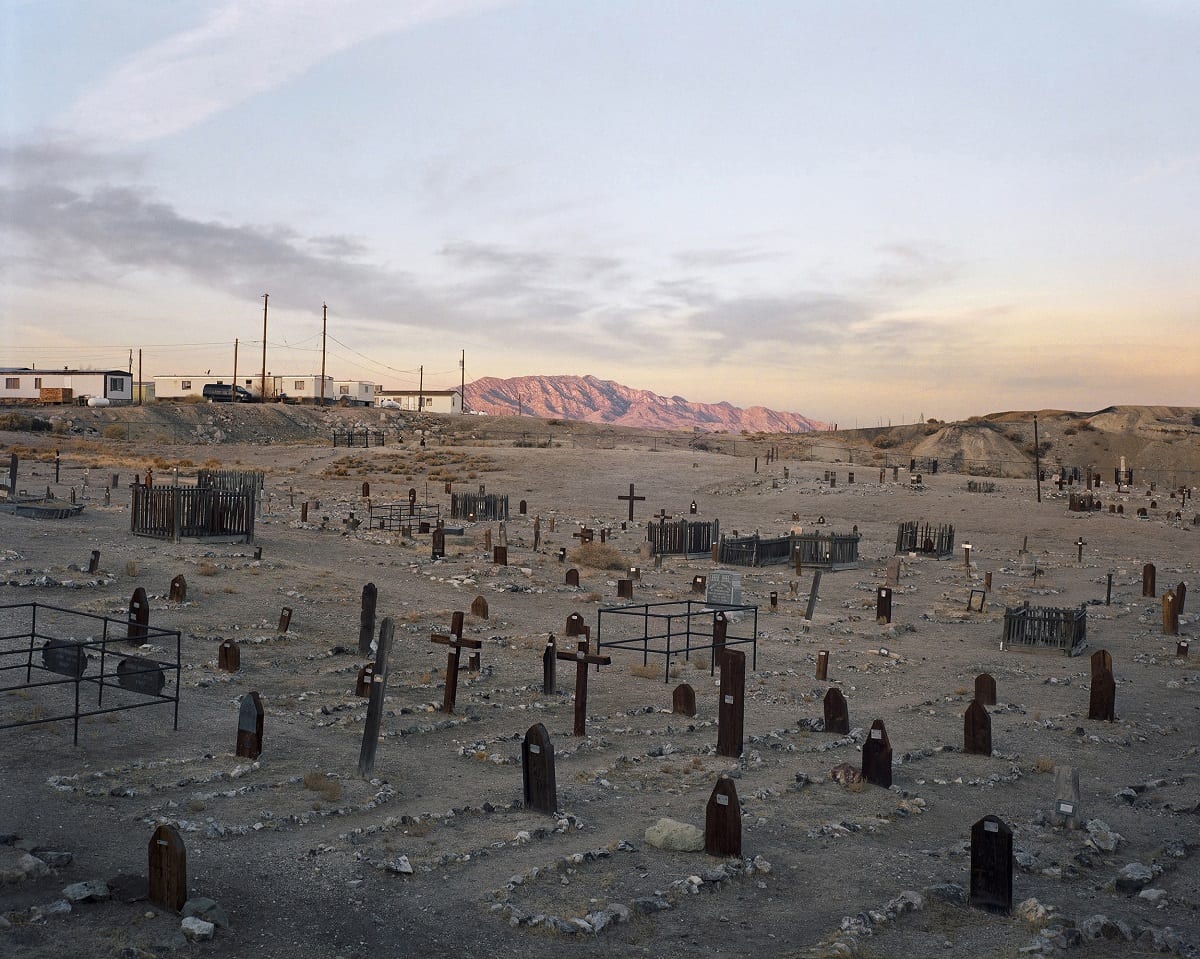
“It renders everything much more beautifully. I’m not one of these people who’s so committed to film that they’d never go digital. I’d happily go digital if a digital camera could do what an analogue camera can. But it’s still not there – and I don’t think it ever will be. So by default I’ve become one of these film-forever snobs.”
Calling all film-forever snobs: The Intrepid Camera Co. is crowdfunding to produce an affordable 8×10 camera to accompany their wildly popular 4×5.
Visit their Kickstarter page now to pre-order yours and join the large-format revolution.
